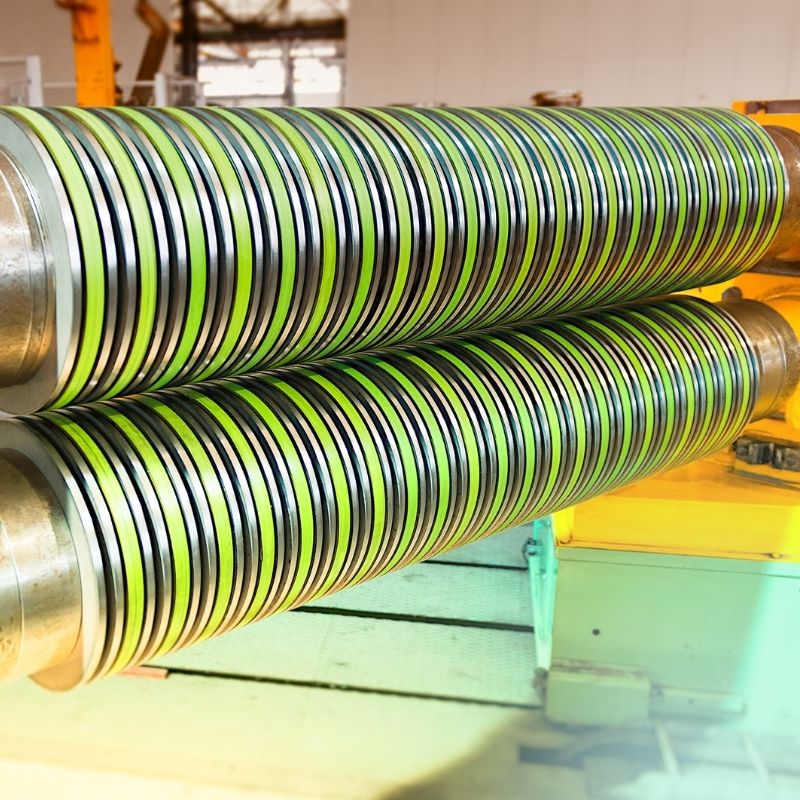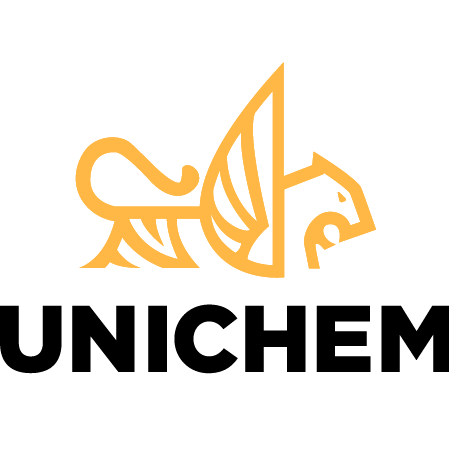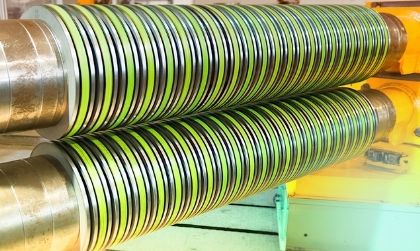 Bonding rubber to metal requires preparing the metal substrate, using a quality rubber to metal adhesive, and working with an experienced rubber to metal adhesive supplier.
Bonding rubber to metal requires preparing the metal substrate, using a quality rubber to metal adhesive, and working with an experienced rubber to metal adhesive supplier.
Where Lamination Bonding Rubber to Metal is Used
Lamination bonding rubber to metal is widely used in the automotive industry in panels, doors, steel supports and bumpers. These products are typically made with a coil coating application, where the rubber adhesive is applied to the steel or other metal substrate through a coil coating machine. Coil coating adhesives provide many advantages such as uniform application, less contamination, greater coverage than other application methods and cost-saving efficiencies.
Benefits of Rubber to Metal Laminates
Rubber to metal laminates offer many advantages and improved product characteristics such as:
- Anti-vibration
- Noise dampening
- Insulative properties
These metal products are exposed to high levels of vibration when driving or going over bumpy roads, making anti-vibration qualities mandatory for automotive components. Rubber laminated to metal also reduces sound while traveling on the road, from driving and from the environment including other traffic sounds. Driving without this noise reduction would be quite bothersome. Laminating rubber to metal also gives insulative features including thermal and electrical insulation properties.
Correctly bonding rubber to metal is a science that does not just occur easily, especially for long lasting performance which is demanded in the automotive industry. Many factors come into play to correctly bond rubber to metal.
Factors for Long Lasting Successful Rubber to Metal Bonding
To correctly bond rubber to metal substrates for long lasting, successful adhesion, many factors must be addressed. Some of the most important considerations include:
- Using a quality adhesive
- Coil coating for even application
- Proper surface preparation
- Working with an experience adhesive supplier
A quality adhesive must be used for successful, permanent bonding of rubber compounds to any type of metal substrates. If the adhesive fails, the entire part fails and jeopardizes brand authenticity and possibly consumer safety. Coil coating is the best way to apply rubber adhesive to metal to prevent uneven application and surface contamination.
Preparing the metal surface is critical to ensure proper adhesion. The substrate must be clear from debris and prepped to fully bond as intended. Metal substrates should be cleaned with a degreaser or alkaline cleaning process to remove all oils from the surface. If rust must be removed, the surface can be blasted with an aluminum oxide grit blasting machine. Once cleaned and ready, all metal substrates should be stored in a low-humidity environment and handled with care to not transfer oils from fingertips to the surface prior to the coil coating adhesive application.
uniBOND Rubber to Metal Adhesive Supplier
uniBOND rubber to metal adhesive by Universal Chemicals and Coatings, Inc., UNICHEM, is a quality adhesive proven in many demanding automotive applications. uniBOND rubber adhesive provides reliable, permanent bonding that improves product quality and process efficiencies. UNICHEM is a leading industrial adhesive supplier with more than 50 years of experience in adhesive and process technology.
UNICHEM offers a team of experienced high-tech resin engineers with vast experience in resin science and polymer chemistry. We provide adhesion solutions for lamination bonding rubber, polypropylene, polyethylene, vinyl, PVC and more. Contact us to have an adhesion expert on your team and improve your lamination bonding for rubber applications.


